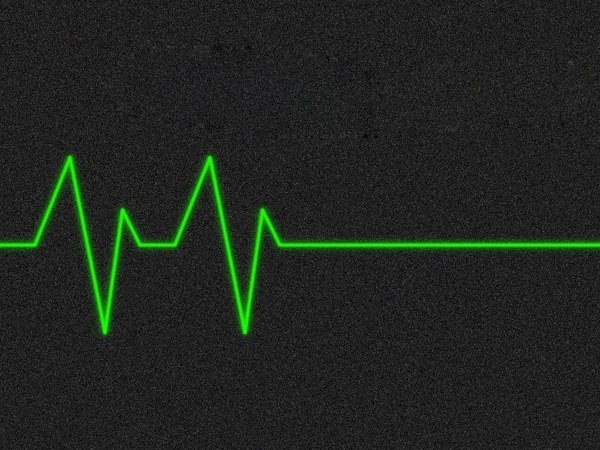The difference in States of coma and clinical death
Clinical death and coma are not identical terms. Coma is first a severe condition in which there is progressive depression of all the functions of the Central nervous system: abnormal reactions to external stimuli, loss of consciousness. In this state, the person retains the ability to breathe, and his heart beat. This is determined by the pulse on the arteries.
Coma can go into a deep coma, resulting in brain damage.
In the initial form of this condition can be one of the signs of clinical death. However, unlike coma, clinical death is not only loss of consciousness, and respiratory arrest, cessation of cardiac contractions. Often after resuscitation procedures when leaving the clinical death the human body goes into a coma, having different degree of depth. In this case, the doctors determined had the person leave the state of clinical death before receiving brain damage or not. If the brain was damaged, the patient falls into a deep coma.
The characteristics and stage of clinical death
The signs of the onset of clinical death: absence of heartbeat, General pallor, respiratory arrest, and absence of reaction of pupils to light. Stops functioning of the Central nervous system, but metabolic processes in the tissues continue to occur. Clinical death has three stages. First - preagonal condition, the person feels a General weakness, consciousness is confused, there is a blue discoloration of the skin or paleness, the absence or weakness of the pulse on peripheral arteries, there is the difficulty of measuring the blood pressure.
The second stage of clinical death, the agonal stage (the agony). In this period there was a sharp intensification of activities of all parts of the body. Characteristic external feature of this stage is short deep breathing, accompanied by wheezing. Often there is no consciousness, because disruption of the Central nervous system. In the third stage, the body gives up and turns off the "life support system". In this short period, the doctors have the ability to bring someone back to life, this time in the cells of the body consumes the accumulated supply of oxygen and nutrients.
If the blood flow stops suddenly, the period of dying can be up to 10 minutes.
If at the time of clinical death was not carried out CPR, or they were ineffective, there comes biological death, which is irreversible. Clinical death lasts 5-6 minutes following the cardiac arrest and breathing. After this time it is already impossible to restore vital functions.

